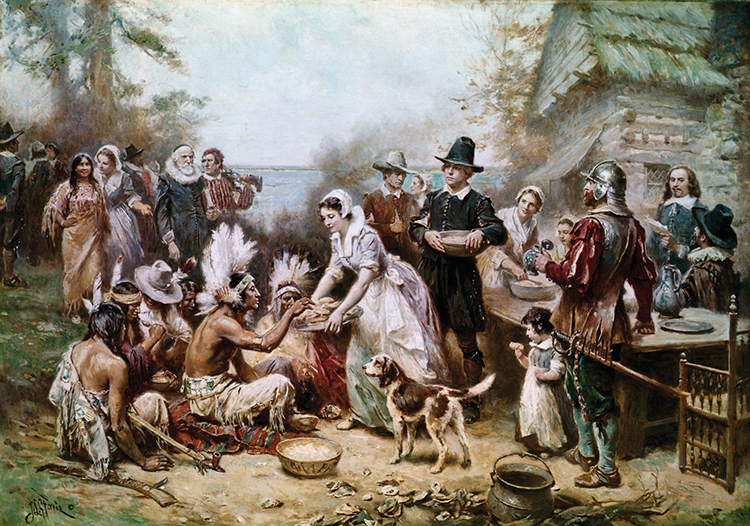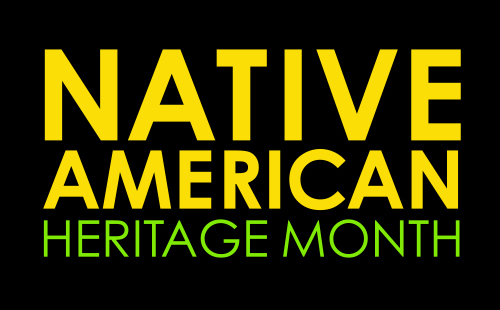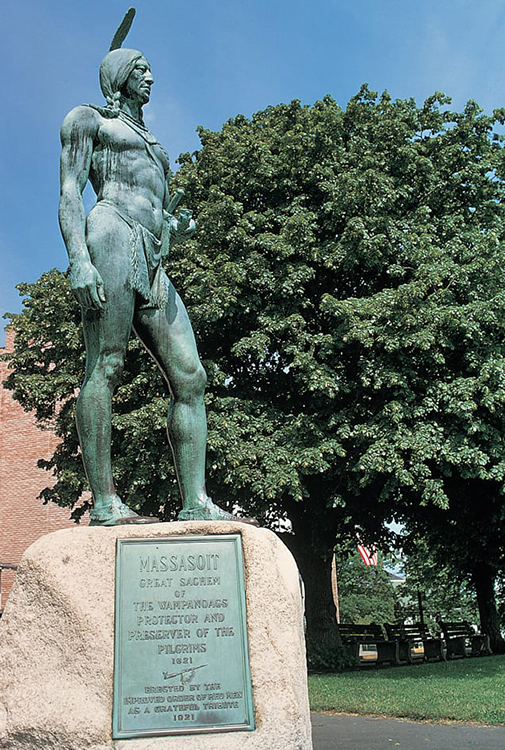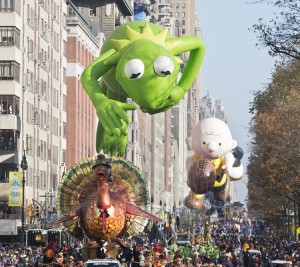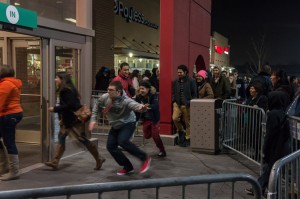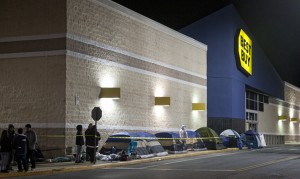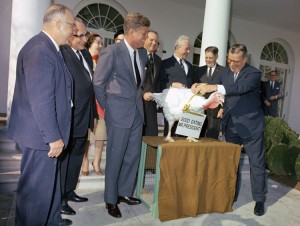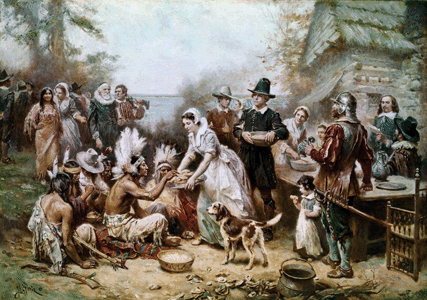Have a Safe Thanksgiving!
Monday, November 23rd, 2020Cans of cranberries are piled high on grocery store shelves. The smells of pumpkin, cinnamon, and nutmeg float through the house. The sound of snapping green beans fills the air. It’s nearly Thanksgiving Day in the United States, the day set aside each year for giving thanks and remembering the blessings of life. People may celebrate the day with family gatherings, feasting, and prayer. For many people, Thanksgiving calls forth memories of tables crowded with food, happy reunions, football games, and religious contemplation.
But Thanksgiving Day—like so many holidays in 2020—might look different than in years past. In many places, efforts are being made to prevent the spread of the pandemic (global outbreak) of COVID-19. Such methods often include social distancing, meant to limit contact among people and thus the spread of germs. The U.S. Centers for Disease Control (CDC) has even advised Americans to avoid Thanksgiving travel and gatherings with relatives outside their household. That means that people might not see loved ones in person or crowd holiday tables this Thanksgiving Day. But, limiting the spread of germs does not mean you can’t have a day of thanks—and delicious foods. Just as you follow a recipe for your favorite Thanksgiving dish, follow these recipes for a safer Thanksgiving Day.
Gathering with people in your household is the safest way to celebrate the holiday. But that doesn’t mean you can’t enjoy the company of friends and distant relatives. Plan a video chat to share details of your meal, catch up with loved ones, and talk about the things you are thankful for.
If you must visit friends or relatives, it may help to wash your hands or use hand sanitizer before and after greeting others. Food tastes better with clean hands anyway. You want delicious butter on your warm roll—not yucky germs! When not eating, it may help to wear a protective face mask. Plus, a face mask is a great way to hide yawning. (Roasted turkey, a popular holiday dish, has a chemical called tryptophan that is said to cause drowsiness.)
One way to practice social distancing at a holiday gathering is to seat one household per table. This means that you can sit with anyone who lives in your house. So, your seatmates might include your parents, brothers and sisters, and any grandparents, aunts, uncles, and cousins that live in your home. Then, seat people from other households about 10 feet (3 meters) away. Before sitting down, disinfect your table and chairs. To pour on some additional safety—like you might pour on the gravy—bring your own drinks, plates, cups, and utensils.
We at World Book are thankful for our readers. We are also thankful to all the doctors, nurses, delivery drivers, and grocery store workers working to keep us safe and healthy. However you choose to celebrate, we hope you have a safe and fun Thanksgiving!


